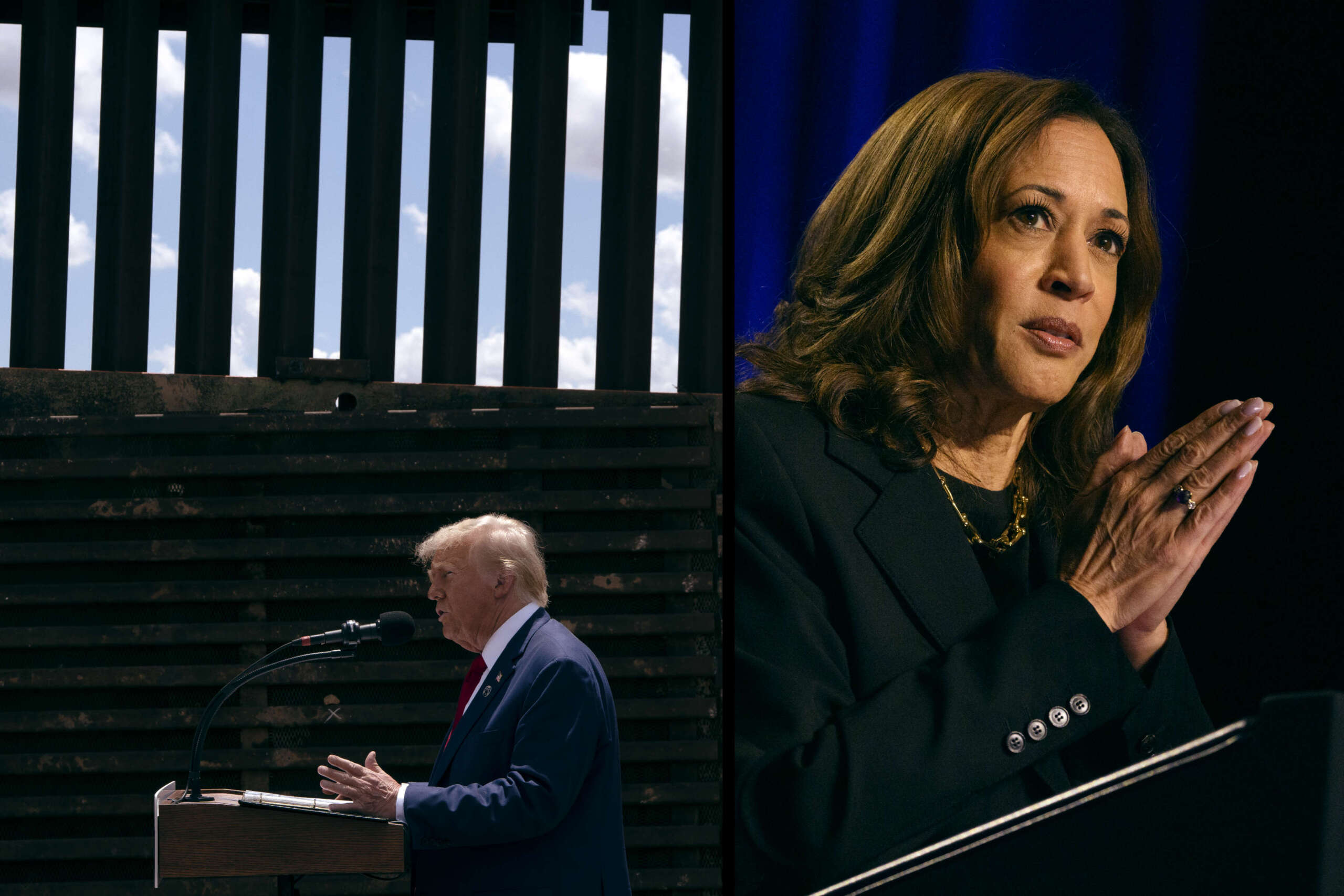While the majority of fentanyl is seized at the U.S.-Mexico border, 93 percent of those seizures happened at legal crossing points last year. More than 86 percent of people sentenced for trafficking fentanyl in 2023 were U.S. citizens, and almost all fentanyl is smuggled for U.S. consumers.
Democrats’ and Republicans’ shared focus on fentanyl trafficking at the U.S.-Mexico border as the sole root of the overdose crisis is dangerously myopic. It fails to address the myriad causes or advance any much-needed solutions. Indeed, the U.S. is grappling with a serious public health crisis, as the country faces more than 100,000 deaths per year from drug overdoses, two-thirds of which are due to synthetic opioids like fentanyl. Twenty-seven thousand pounds of fentanyl were seized at the border last year, up from just 4,600 pounds in 2020. But militarizing the border — and promoting rhetoric that demonizes immigrants — will not save any lives.
Experts caution that it is difficult to attribute such data to any singular source; we need more studies over a longer period of time to determine what’s driving the plunge. Still, we can look to several recent developments as possible culprits: In December 2022, Biden signed the bipartisan Mainstreaming Addiction Treatment (MAT) Act, which removed the bureaucratic hurdles facing doctors who need to prescribe buprenorphine for opioid addiction treatment. Prior to the MAT Act in 2020, less than 6 percent of doctors were allowed to prescribe buprenorphine. Meanwhile, a naloxone nasal spray that can reverse opioid overdoses and save lives was approved to be sold as an over-the-counter medicine in March 2023. It has since become much more readily available.
This is a good start, but doctors are still calling for increased funding for addiction treatment and harm reduction services. Rural areas, as well as Black and Native American communities, especially face substantial barriers to accessing quality health care. Currently, Congress is considering a bipartisan bill, the Modernizing Opioid Treatment Access Act, which would expand access to methadone, a prescription drug used to treat opioid addictions. Unlike in several European countries, methadone is only obtainable in the United States at designated opioid treatment clinics and must be taken on-site — creating an unnecessary hurdle for those who live miles away from the closest clinic. Addiction recovery advocates also point toward the need for expanded telemedicine options, mobile methadone clinics and robust drug education campaigns as necessary tools to fight the overdose crisis.



Only one of those mention coming thru the Southern border, and that just says they’re investigating if it comes thru Mexico…
Your sources aren’t backing up your claim, just that a single digit number of people from Honduras were caught with Fentanyl in Oregon.
Like. Why smuggle it to South America to smuggle to Oregon?
Why not straight to Oregon?
You do know where Honduras is compared to Portland, right? They’re bringing the drugs up I-5 which means crossing the border.
p.s. L.A. and San Francisco too:
https://www.cbsnews.com/sanfrancisco/news/tenderloin-heroin-drugs-hondurans-dea-san-francisco/
https://www.sfchronicle.com/projects/2023/san-francisco-drug-trade-honduras/
Yes, it’s in South America …
But it’s kind of racist to say a Honduran national can only smuggle drugs from their home country.
Maybe. But for some reason you’re having difficulty providing any kind of source that actually backs that up
On the third attempt, you’ve completely thrown Portland out of the discussion.
Hondurans arrested in L.A., San Fransisco, Portland, Seattle. That’s the exact definition of a “pipeline”.
No. That is kind of the definition of racism tho, assuming that they’re all connected because they came from the same South American country.
They are all connected by being from the same country AND getting caught with pounds of fentanyl.